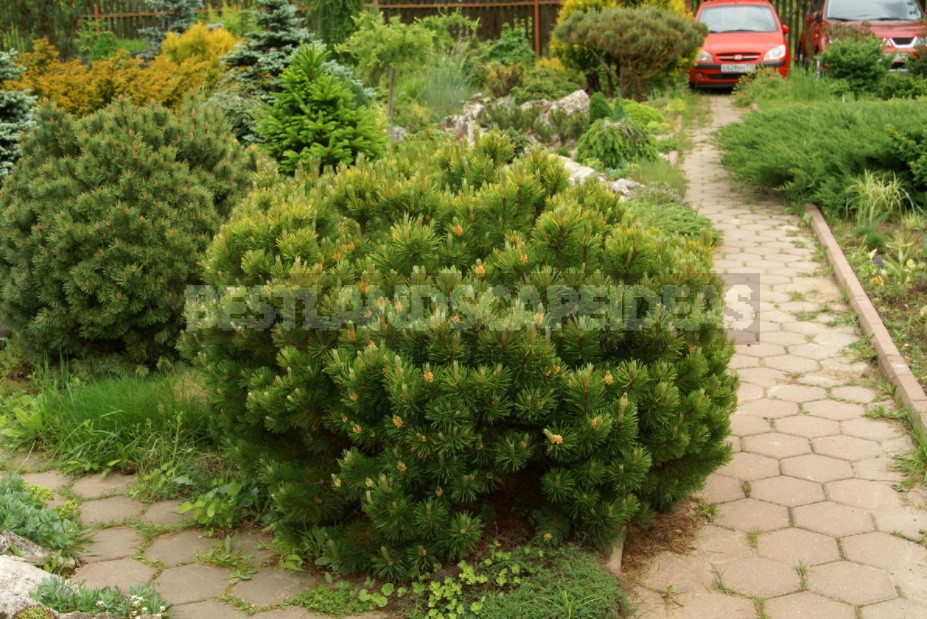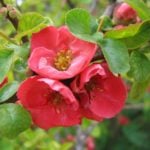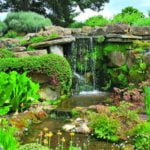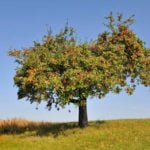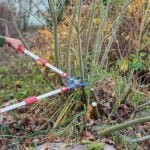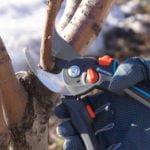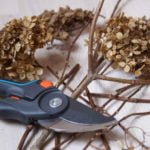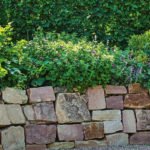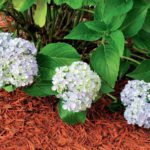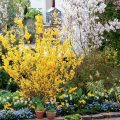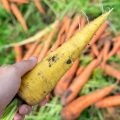The formation of coniferous plants is of great interest to our readers. As it turned out, many people want to have their own plucked Christmas trees and pine trees in their garden.
Formation of coniferous trees: the main feature
An important feature of coniferous plants, which should certainly be taken into account, is the apical type of shoot growth. It is he who creates the characteristic correct silhouette of the crown. The main shoot of the continuation always grows from the uppermost (central) well-developed kidney. Therefore, we cannot simply shorten the branch when pruning for the next year.
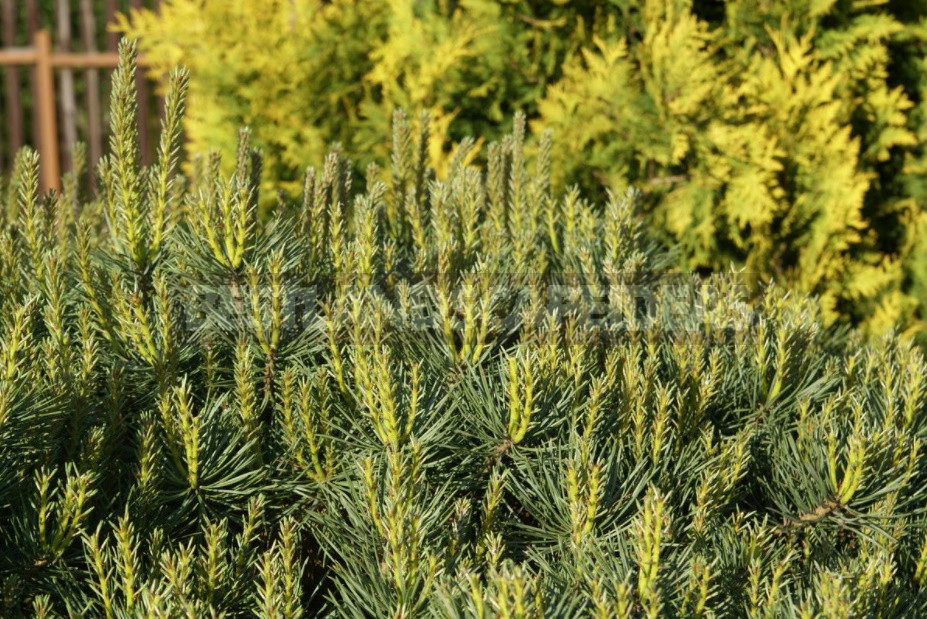
Recovery buds are usually laid in a dense group around the central kidney, forming a characteristic whorl, and only occasionally along the length of the shoot. The general rule is as follows: on mature wood of a perennial branch, the restoration buds no longer germinate. Therefore, usually a branch of a coniferous plant shrinks to a branching node (below the located whorl) with a full-fledged branch. We should proceed from this fact.
Individual approach as the basis of success
We have two techniques at our disposal: pinching or cutting. The right choice can only be based on an individual approach. For example, if the number of shoots in a plant is too large, as in shrub forms, pinching becomes too time-consuming and ineffective. Therefore, a classic haircut is more suitable for thuja, juniper or yew.
What is a pinch and when is it needed
A secret workaround when forming woody conifers is pinching growing shoots. While the young shoot is not lignified, and the needles continue to grow, their axillary buds are not yet suppressed and are able to form well for the formation of a shoot for the next year. Thus, the gardener has the opportunity to get shoots of the planned length, to stimulate (or stop) the growth of branches in the right direction.
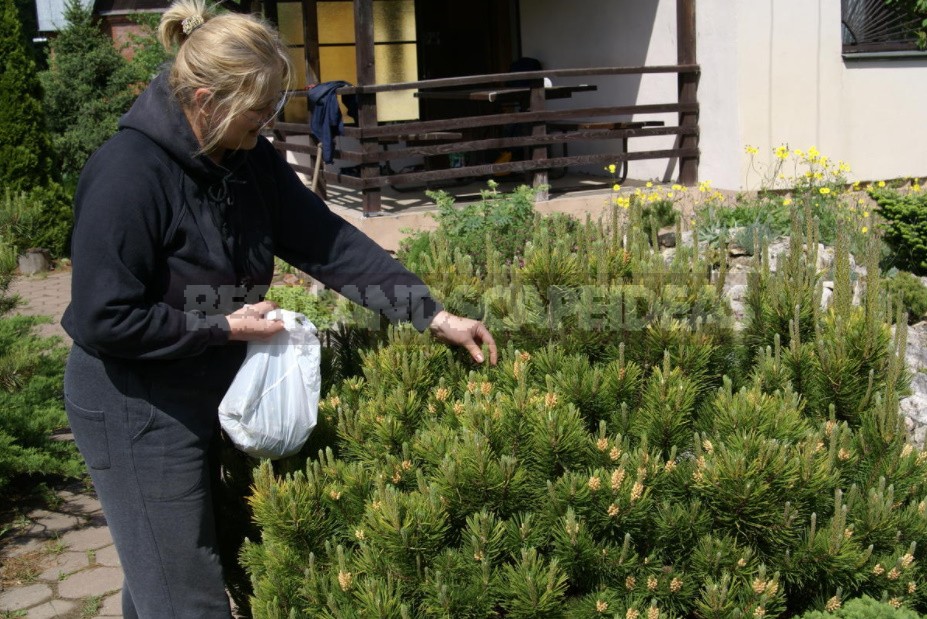
This method of minimal intervention is especially important if you need to correct the shape of the crown of a young plant. Just two or three movements allow us to remove unnecessary shoots and avoid painful pruning in the future. By removing or shortening the most powerful shoots, we get a chance to grow a more compact and dense plant than it would have become without our intervention. The most grateful objects for forming: pines, spruce, larch, partly fir and Pseudotsuga.
The simplest and fastest way to bring visible results is a continuous pinching of the tips of growing shoots or breaking off the awakening central buds in early spring. This is just an analogue of a haircut. All shoots in this case are pinched, and if necessary, the main buds in the whorls are removed. In this case, instead of one long continuation shoot, several shorter branches grow from the rudiment of the whorl, where the central bud is removed. This is how more compact and dense plants with an aligned crown shape are created, for example, dense “balls” of whole coniferous trees or on their individual branches.
Is it worth starting?
Before moving on to technology, I advise you to take an individual approach to yourself: is it worth taking up this case at all? With the modern variety of varieties of coniferous plants, it may be more reasonable to simply choose a variety that meets your requirements. There are a lot of compact dense varieties that do not need painstaking formation.
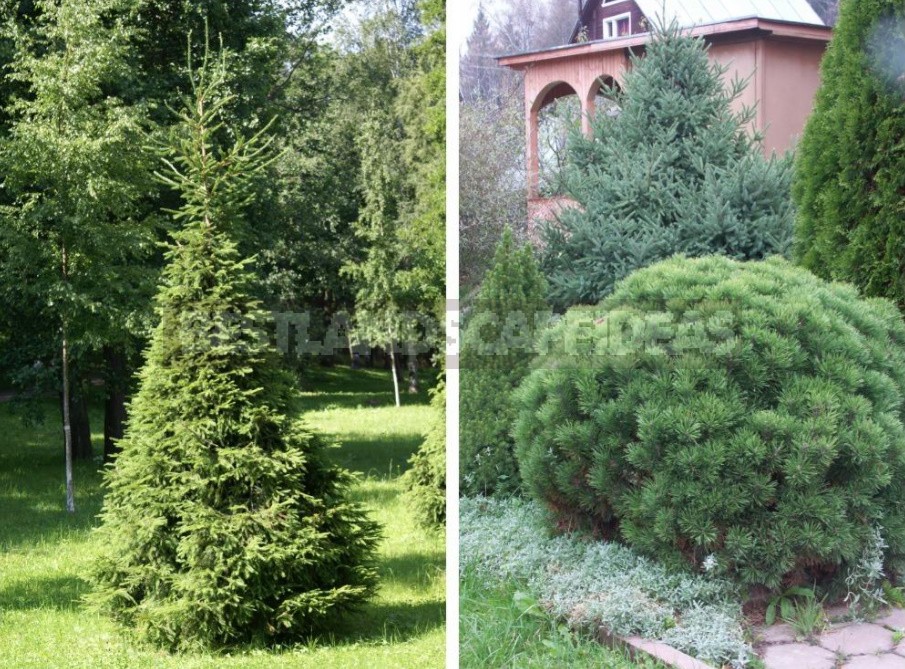
Remember that with a long break or termination of care, all the work will go down the drain and, most likely, nothing will be able to be corrected — the decorative effect will sharply and irrevocably decrease. Without fear, you can only influence young plants with active growth, directing the energy of the tree to increase the number of shoots. In this case, as the crown grows and the annual growth decreases, the plant itself will establish the correct growth balance. On the other hand, having mastered the principles and technique of pinching, you can start working with complex crown shapes.
The Japanese example is contagious
The most impressive results can be seen in Japanese gardens, where there are pine trees and cryptomeria, which have been pinched every year for many decades. The Japanese work most often with fairly large trees, giving them fantastically beautiful shapes.
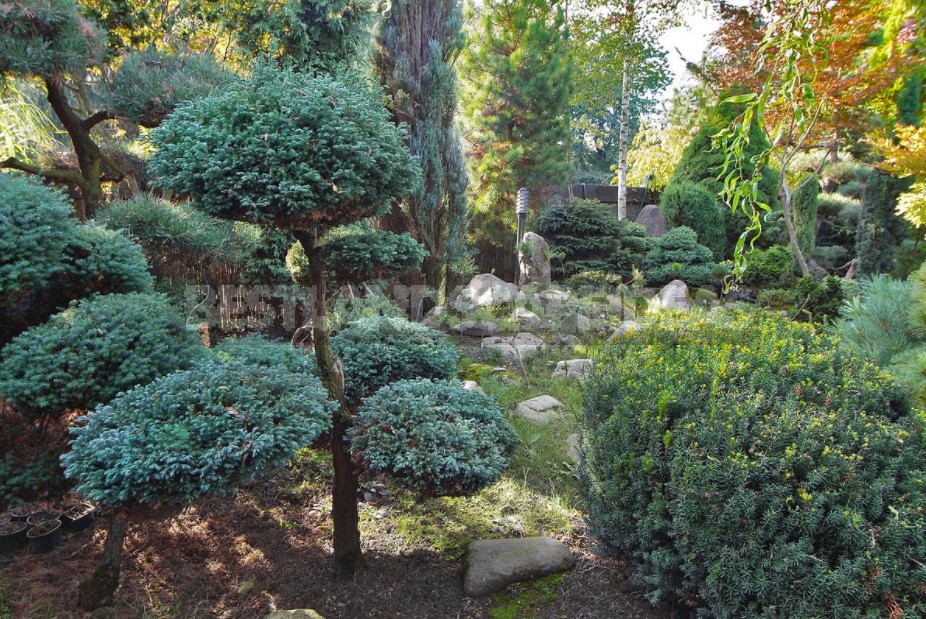
Maintaining such plants requires huge labor costs and high qualifications. A team of gardeners can hang high above the ground for days and methodically pluck the buds, shorten the shoots, direct and tie the branches to the supports. Are you ready to follow their example?
Of course, you can just buy garden bonsai, which still look like a rare and wasteful miracle. They say that the process of creating bonsai is fascinating. So, maybe it’s worth taking a chance? Of course, you will have to be patient, but sooner or later a tree will appear that bears the imprint of the personality of the master who created it. It will become the pride of the whole family.
Bonsai Garden: choosing a form
What do you need to know to get blanks for garden bonsai? First, you should choose the form that you will strive for. Here are three possible options.
Curved trunk
To obtain a beautifully curved trunk, the apical shoot is partially removed (shortened). In this case, the buds are often laid along the length of the remaining part of the shoot, without forming a characteristic whorl with symmetrically arranged branches.
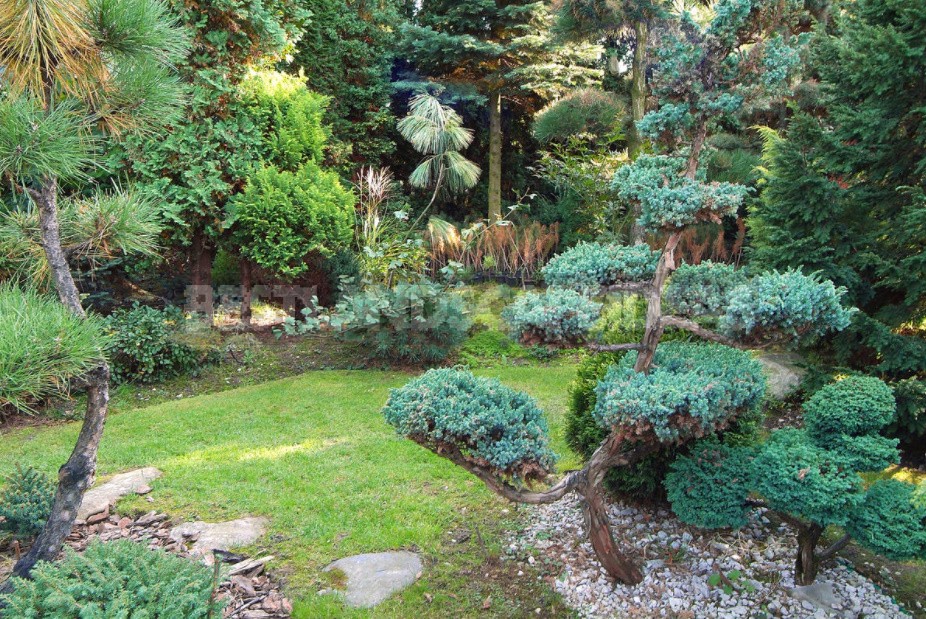
In the future, only well-located buds are left with a certain margin, and at the beginning of the growth of the shoots from them, several of the best (usually growing in the right direction, but not the central ones) are left to grow intact, the remaining ones are greatly shortened over the next 2-3 years, gradually clearing the crown from them, cutting into a ring. This is done just to create an openwork crown with well-visible beautifully curved branches.
Prostrate form
For this form of bonsai, they leave one of the side branches and pinch the rest, slowing down their growth, but not removing it until the stem reaches a sufficient thickness in the gardener’s opinion.
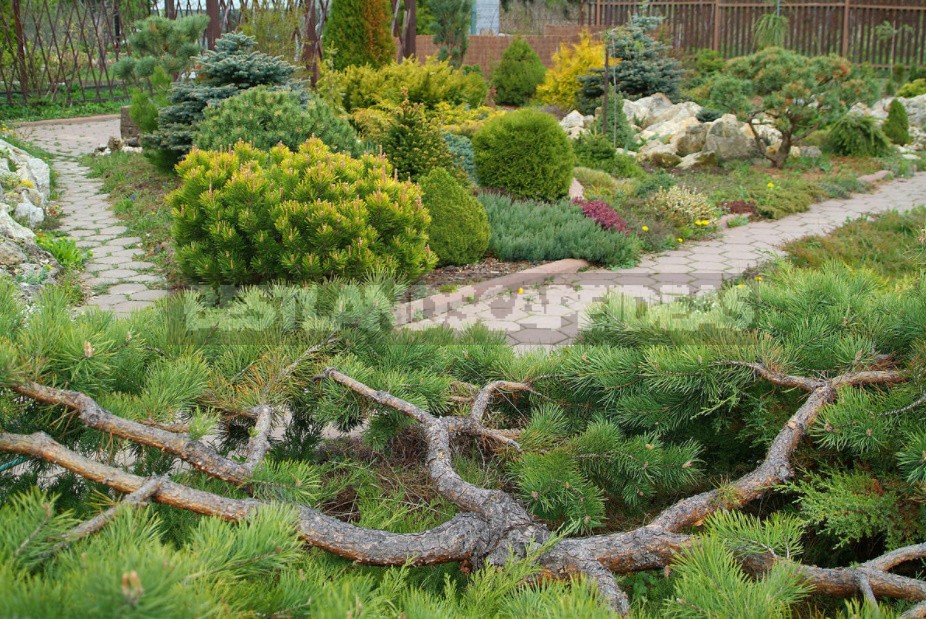
Umbrella
For a small garden, one of the best formations is an umbrella-shaped one. And, I emphasize, not a grafted weeping form, but created on the spot. It is especially effective in Pinus sylvestris. In this case, you need to form a vertical stem without large branches. To do this, one central shoot is left untouched for several years, protecting it from damage. It is necessarily tied to a support to protect it from breakage by birds and treated with an insecticide against pests. All the side shoots in the whorl are shortened and the competitors to the leader are necessarily broken off, not allowing large branches to form.
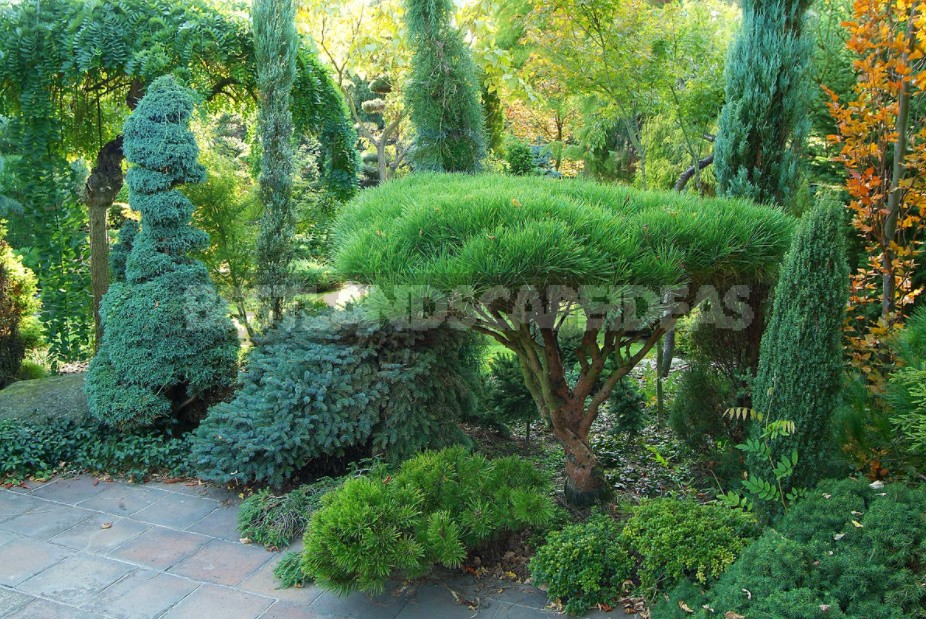
In this case, all the growth energy goes up, but the trunk does not remain without power and also grows in thickness. When the desired height is reached, usually 2.5-3 meters (for free movement of people under the tree), the central bud is immediately broken out and begins to form a crown of symmetrically arranged radial shoots. In this case, the main task for the next few years is to achieve a dense branching in the horizontal plane. It is only necessary to take into account that over time the branch will become heavier and will tilt down itself. In fact, the gardener simply accelerates the appearance of a characteristic umbrella-shaped crown in an adult pine tree.
Time has gone! How to choose the right moment for the operation
From the point of view of plant physiology, the best moment for shortening shoots comes at the beginning of their lignification, when the shoot itself is juicy and dense, like a fresh cucumber, and the needles have already moved out of the cover, but have not yet stopped growing. In this case, replacement buds are quickly formed at the bases of several needles that have become upper, and the wound on the top of the shoot is tightened with resin and quickly overgrows. On the calendar, this is usually the second half of May. Technically, it is best to simply break off the top of the shoot, bending it over your finger, as if you are breaking a pencil.
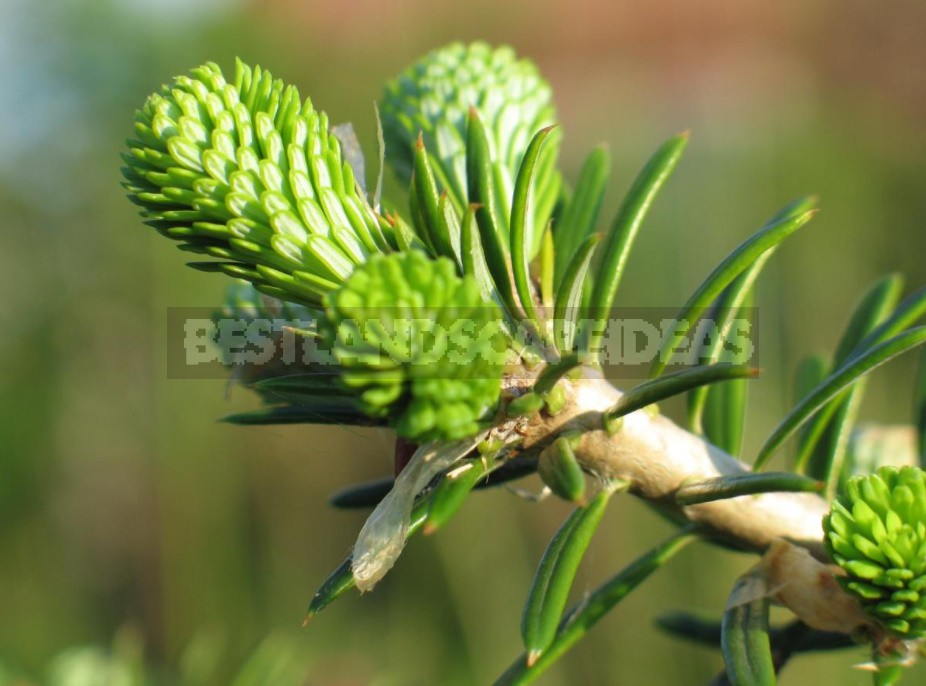
It should be remembered that the needles live from 2 to 5 years, and if they are shortened or damaged during pruning, the tops of the shoots will not look very neat for a long time, the tips of the needles will turn yellow. That is why a breakout is preferable. If, however, a pruner is chosen for pinching (tweezing), then you should use a tool with the narrowest blades or garden scissors. The blades of the tool should be tried to push between the growing needles.
When removing the entire shoot, it is better to do this as early as possible. It is optimal not to allow the shoot to develop at all, having carried out the breaking of an unnecessary kidney in the spring before the growth of shoots begins. In this case, you need to firmly take the kidney with two fingers and unscrew it from the plant. Unnecessary side buds easily break off with a simple side press. It is even easier to break out soft shoots that have already begun to grow.
In the first or second season after planting, due to problems with survival, the shoots of coniferous plants may have uncharacteristic sizes; at this time, the expediency of additional intervention should be carefully weighed. However, when planting young medium-sized plants from the container, you can start forming immediately.
